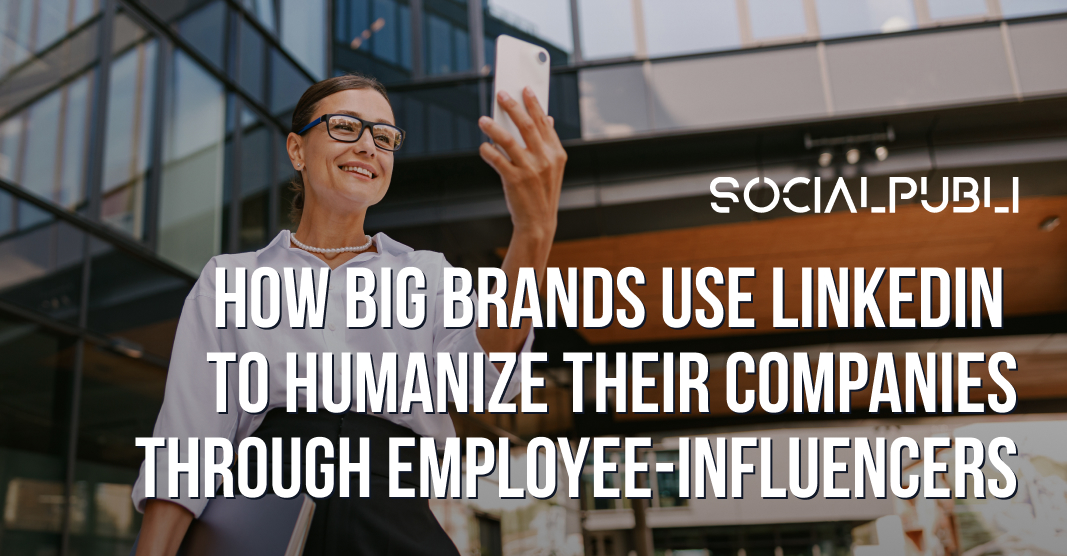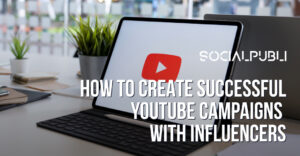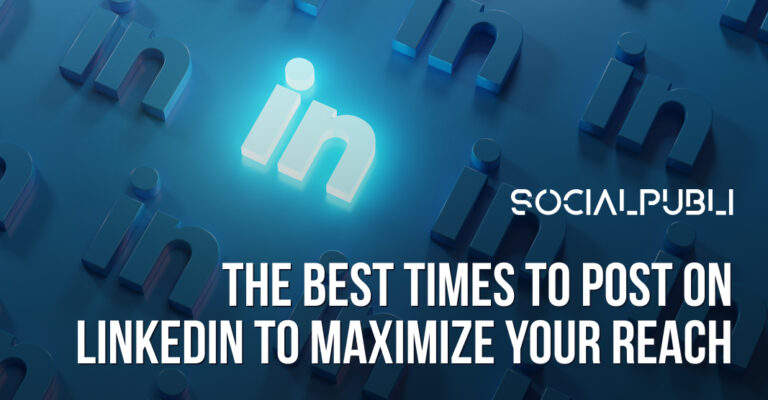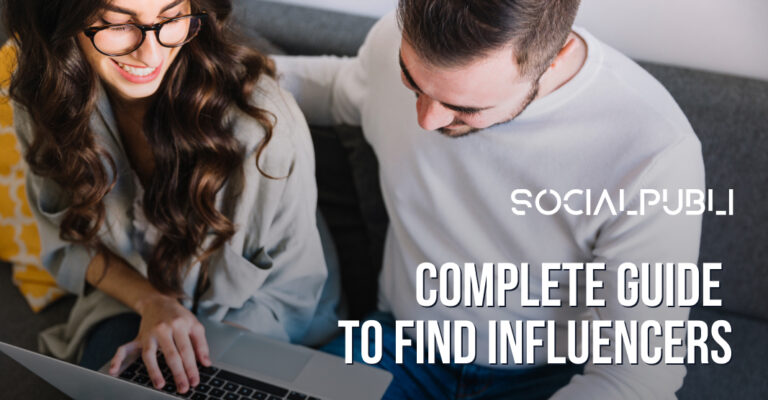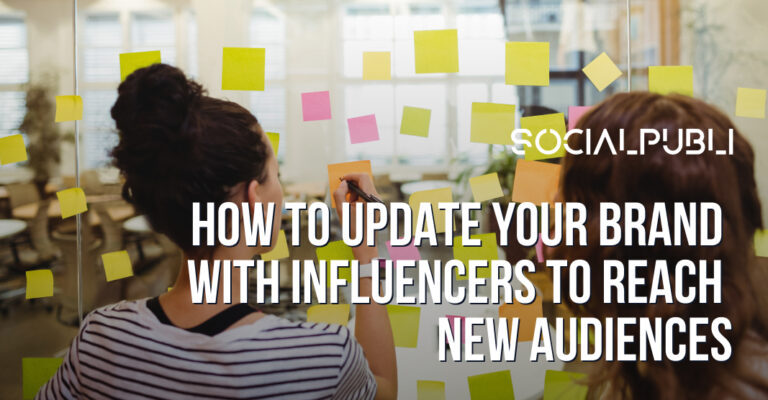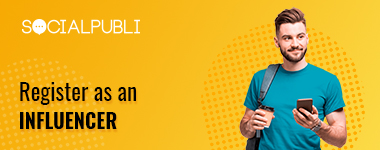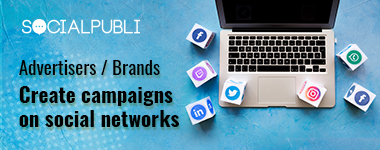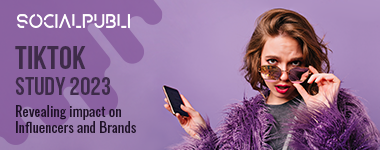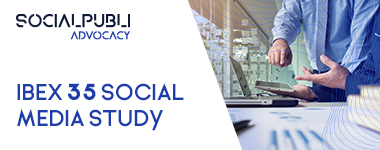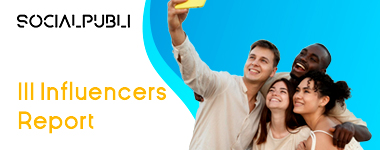Harnessing the credibility, reach, and personal touch of employee-influencers has become a core strategy for major brands aiming to humanize their image and build authentic connections on LinkedIn. Below is a comprehensive overview of the most relevant insights and practices, supported by recent studies and examples.
The Growing Trend: Employee-Influencers on LinkedIn
-
Mainstream Adoption: Influencer marketing on LinkedIn has moved beyond experimentation, with 75% of B2B businesses leveraging industry voices—including CEOs, subject matter experts, and employees—for their marketing. Notably, 89% of C-suite marketers specifically recognize the unique value employees bring as brand influencers, describing staff as an “untapped amplifier” of company messaging.
-
Amplified Organic Reach: LinkedIn’s algorithm can provide high organic engagement, especially when employee-influencers share company content. This organic boost is often more pronounced than on other platforms, helping brands break through the noise and reach wider audiences through personal networks.
Why Employee-Influencers Work
-
Authenticity and Trust: When company employees share insights, achievements, or behind-the-scenes stories, audiences perceive these messages as more genuine and relatable than traditional corporate posts. Employee voices lend credibility and foster trust—key elements in B2B marketing success.
-
Humanizing the Brand: Showcasing real people—rather than faceless logos—helps companies appear approachable and values-driven. Employees sharing personal stories, job experiences, or perspectives on industry trends make the brand feel human and connected to its audience.
-
Cost-Efficiency: Employee advocacy is often “almost free” compared to buying reach through paid channels, yet its effect can be exponentially greater.
Practical Execution: How Brands Build Employee-Influencers
-
Empowerment and Training: Top brands often invest in training programs that help employees become comfortable and effective in sharing content on LinkedIn. They offer guidance on storytelling, content creation, and best social practices to maintain brand consistency while supporting authentic expression.
-
Content Strategies: Brands like New Balance, Disney, and Nissan—often partnering with specialist LinkedIn influencer agencies—develop content strategies that align personal stories with company objectives. Agencies such as inBeat and Open Influence help brands create user-generated content that remains true to the individual while reflecting the brand’s values and goals.
-
Authentic Storytelling: The most effective campaigns allow employees and industry experts to literally “be themselves.” For example, Open Influence helped monday.com humanize the brand during the pandemic by collaborating with entrepreneurs and influential LinkedIn voices to share honest, relatable stories about adapting to remote work.
Agency and Platform Support
-
Specialist Agencies: Agencies like inBeat and Open Influence help brands identify, train, and support employee-influencers or select external industry experts for targeted campaigns. These partnerships emphasize authenticity, engagement, and carefully crafted messages to drive both credibility and reach.
-
Data-Driven Selection: Leading agencies use advanced analytics, vast influencer databases, and machine learning to match brands with the right employees or external influencers, ensuring high relevance and resonance with target audiences.
Measurable Impact and ROI
-
Lead Generation: LinkedIn’s professional context encourages high-caliber interactions. Employee-driven content often attracts quality leads, as audiences are more responsive to relatable, professional narratives than to overt advertising.
-
Brand Perception and Loyalty: Regular, authentic employee activity on LinkedIn boosts employer branding, improves company reputation, and strengthens loyalty among both clients and potential recruits.
Additional Resources and Related Topics
Though specifics from the SocialPubli blog were not directly available in the search results, SocialPubli is known for covering influencer marketing trends, including employee-advocacy and B2B influencer strategies. Exploring their articles may yield further detailed case studies or practical guides for activating employee voices on LinkedIn.
Summary Table: How Employee-Influencers Humanize Brands on LinkedIn
| Aspect | Impact/Benefit | Example/Strategy |
|---|---|---|
| Authenticity | Builds trust, strengthens brand voice | Employee storytelling |
| Reach | Expands message organically, cost-effectively | Staff sharing branded content |
| Engagement | Higher interactions vs. standard brand posts | Employee-led discussions, AMAs |
| Brand Perception | Humanizes company, boosts employer branding | Personal profiles sharing insights |
| Quality Leads | Attracts decision-makers and professionals | Niche thought leadership posts |
Leveraging employee-influencers on LinkedIn allows major brands to break out of the corporate shell, connect authentically with audiences, and achieve meaningful business outcomes while fostering a culture of shared advocacy and engagement.
